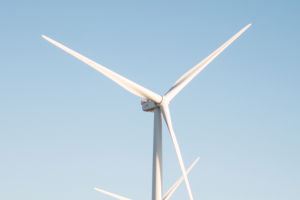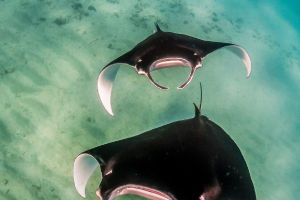Soilless plant cultivation, a method that eschews traditional soil in favor of alternative mediums, represents a significant advancement in agricultural science.
This technique, encompassing hydroponics, aeroponics, and aquaponics, offers a revolutionary approach to growing plants, promising increased efficiency, sustainability, and productivity.
By understanding the principles and benefits of soilless cultivation, we gain insight into its potential to transform modern agriculture.
Hydroponics, the most widely recognized soilless method, involves growing plants in nutrient-rich water solutions. The roots are submerged in or misted with a liquid that contains essential nutrients, facilitating direct absorption by the plants.
This system is highly efficient as it allows for precise control over nutrient levels, pH, and oxygen supply. Hydroponics is particularly advantageous in areas with poor or contaminated soil, and it enables year-round cultivation irrespective of external weather conditions.
Notable types of hydroponic systems include nutrient film technique (NFT), deep water culture (DWC), and drip systems. Each variation offers distinct benefits tailored to different plant types and growth stages.
Aeroponics, another soilless method, takes a more futuristic approach by growing plants in a mist or air environment. Roots hang suspended in a closed or semi-closed chamber where a fine mist of nutrient solution is periodically sprayed.
This technique maximizes oxygen availability to the roots, promoting rapid growth and higher yields. Aeroponics is especially beneficial for its efficiency in water and nutrient usage, making it a suitable choice for high-density urban agriculture and vertical farming.
The technology's ability to foster rapid plant growth and reduce disease incidence further underscores its potential in enhancing food security.
Aquaponics integrates hydroponics with aquaculture, the cultivation of fish. In this symbiotic system, fish waste provides organic nutrients for the plants, while the plants help purify the water for the fish.
Aquaponics creates a closed-loop ecosystem that significantly reduces waste and resource consumption. The dual productivity of fish and vegetables from the same system makes it an attractive option for sustainable food production.
Aquaponics can be implemented on a small scale, making it accessible to urban and suburban settings, thus contributing to localized food production and reduced transportation emissions.
The benefits of soilless cultivation extend beyond efficiency and sustainability. These methods are particularly well-suited for urban environments where space is limited. Vertical farming, which often utilizes hydroponic or aeroponic systems, allows for the cultivation of crops in stacked layers or vertical columns.
This approach maximizes space utilization and can be integrated into existing infrastructure, such as rooftops and building facades, thus contributing to urban greening and reducing the urban heat island effect.
Soilless cultivation systems are less prone to soil-borne diseases and pests, leading to healthier plants and reduced need for pesticides. This not only improves the quality of produce but also contributes to environmental health.
The controlled environment of soilless systems allows for optimization of growing conditions, leading to enhanced plant growth rates and potentially higher yields compared to traditional soil-based cultivation.
Despite these advantages, soilless cultivation is not without challenges. Initial setup costs can be high, as the technology requires specialized equipment and infrastructure.
The need for continuous monitoring and management of nutrient solutions, pH levels, and environmental conditions also demands technical expertise and resources. Additionally, the dependency on electrical power for system operation raises concerns about energy consumption and sustainability.


